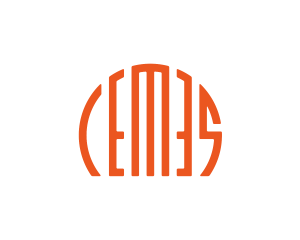Periodic Arrays of Dopants in Silicon by Ultralow Energy Implantation of Phosphorus Ions through a Block Copolymer Thin Film
Résumé
In this work, block copolymer lithography and ultralow energy ion implantation are combined to obtain nanovolumes with high concentrations of phosphorus atoms periodically disposed over a macroscopic area in a p-type silicon substrate. The high dose of implanted dopants grants a local amorphization of the silicon substrate. In this condition, phosphorus is activated by solid phase epitaxial regrowth (SPER) of the implanted region with a relatively low temperature thermal treatment preventing diffusion of phosphorus atoms and preserving their spatial localization. Surface morphology of the sample (AFM, SEM), crystallinity of the silicon substrate (UV Raman), and position of the phosphorus atoms (STEM- EDX, ToF-SIMS) are monitored during the process. Electrostatic potential (KPFM) and the conductivity (C-AFM) maps of the sample surface upon dopant activation are compatible with simulated I−V characteristics, suggesting the presence of an array of not ideal but working p−n nanojunctions. The proposed approach paves the way for further investigations on the possibility to modulate the dopant distribution within a silicon substrate at the nanoscale by changing the characteristic dimension of the self-assembled BCP film.
| Origine | Fichiers produits par l'(les) auteur(s) |
|---|

